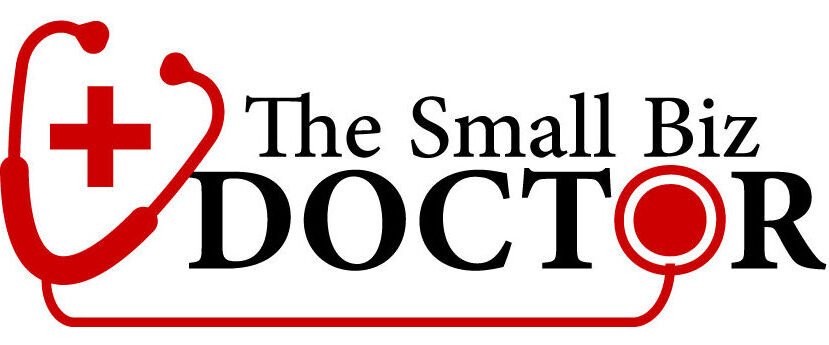
Understanding the Importance of a Financial Roadmap
A financial roadmap is like a GPS for your small business—it guides you toward your financial goals while helping you avoid pitfalls along the way. Without a clear plan, it’s easy to lose track of cash flow, miss growth opportunities, or face unexpected financial challenges. In this step-by-step guide, we’ll show you how to create a financial roadmap for your business to ensure long-term success and stability.
Why You Need a Financial Roadmap
A financial roadmap outlines your business’s financial goals, strategies, and milestones, helping you:
- Plan for growth and expansion.
- Manage cash flow effectively.
- Prepare for unexpected expenses or economic downturns.
- Attract investors or secure loans with a clear financial strategy.
Whether you’re a startup or an established business, a well-crafted financial roadmap is essential for staying on track. Let’s dive into the steps to create one.
Step 1: Define Your Financial Goals
Start by identifying your short-term and long-term financial objectives. These could include:
- Increasing revenue by a specific percentage.
- Reducing operating costs.
- Saving for new equipment or expansion.
- Paying off debt or building a cash reserve.
How to do it: Be specific and measurable. For example, “Increase monthly revenue by 10% within 12 months” is clearer than “grow the business.” Align your goals with your overall business vision.
Tip: Clear financial records help you set realistic goals. Learn why bookkeeping is key in our article on bookkeeping for business valuation.
Step 2: Assess Your Current Financial Health
Before mapping the future, you need to know where you stand. Review your financial statements—balance sheet, income statement, and cash flow statement—to understand your revenue, expenses, assets, and liabilities.
Key questions to ask:
- Are you profitable? If not, where are the losses coming from?
- What’s your current cash flow situation?
- Are there outstanding debts or upcoming expenses?
Pro Tip: Regular financial reviews keep you informed. Check out our guide on how often to review financial statements.
Step 3: Create a Budget and Cash Flow Forecast
A budget outlines your expected income and expenses, while a cash flow forecast predicts how money will flow in and out of your business. Together, they form the foundation of your financial roadmap.
How to do it:
- Budget: List fixed costs (e.g., rent, salaries) and variable costs (e.g., marketing, supplies). Allocate funds for savings or investments.
- Cash Flow Forecast: Estimate future sales, expenses, and cash reserves for the next 6-12 months.
Why it matters: A budget keeps spending in check, while a forecast helps you plan for lean months or big investments.
Step 4: Plan for Funding and Growth
Determine how you’ll finance your goals, whether through revenue, loans, or investors. If you’re seeking external funding, accurate financial records are critical to prove your business’s creditworthiness.
Options to consider:
- Business Loans: Organized books improve your loan approval odds. Learn more in our post on bookkeeping for business loans.
- Investors: A clear financial roadmap attracts investors by showcasing your growth potential.
- Bootstrapping: Reinvest profits to fund growth without taking on debt.
Step 5: Work with a Virtual Bookkeeper
A virtual bookkeeper can streamline your financial roadmap by ensuring accurate records, timely reports, and compliance with tax laws. They can also provide insights to refine your budget and forecast.
Why it’s a game-changer: A professional bookkeeper saves you time and ensures your roadmap is based on reliable data. Discover the benefits in our article on hiring a virtual bookkeeper.
Step 6: Monitor and Adjust Your Roadmap
Your financial roadmap isn’t set in stone—it should evolve with your business. Review your progress quarterly or monthly to track performance against your goals and adjust as needed.
How to stay on track:
- Use cloud-based accounting software for real-time updates.
- Compare actual results to your budget and forecast.
- Address challenges, like unexpected expenses or revenue dips, promptly.
Why a Financial Roadmap Drives Success
A financial roadmap empowers you to take control of your business’s future. By setting clear goals, maintaining accurate records, and planning strategically, you can achieve financial stability and growth. Partnering with a virtual bookkeeper makes the process easier, ensuring your finances are always ready for the road ahead.
At Small Biz Doctor, we help small business owners create financial roadmaps with expert virtual bookkeeping services. Ready to chart your path to success? Contact us today to get started!
CTA: Don’t navigate your finances alone. Get in touch with our team to build a financial roadmap that drives your business forward!




